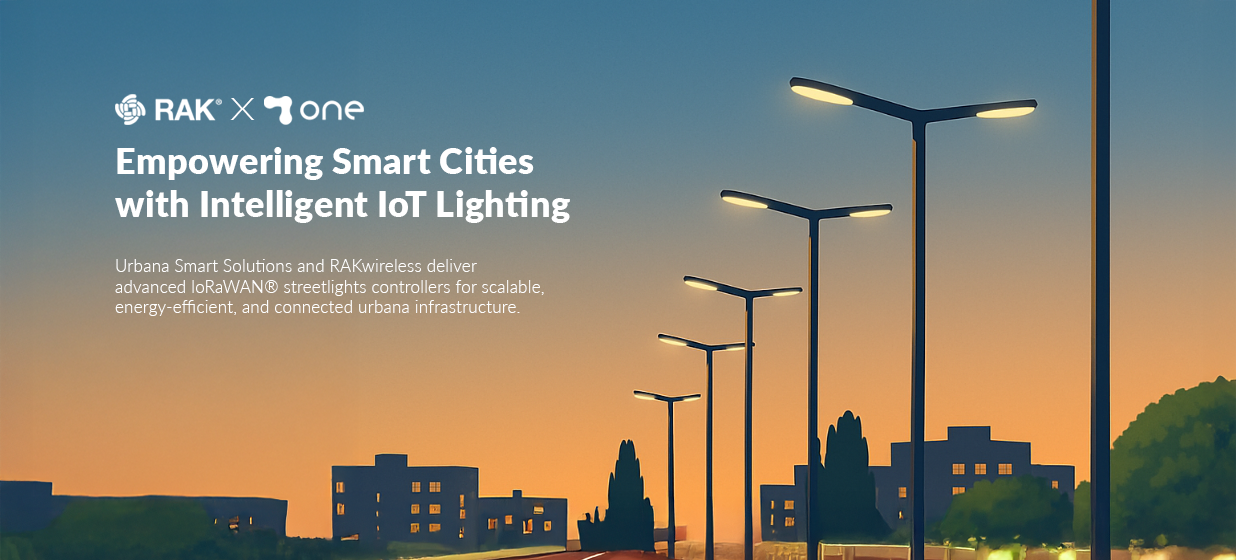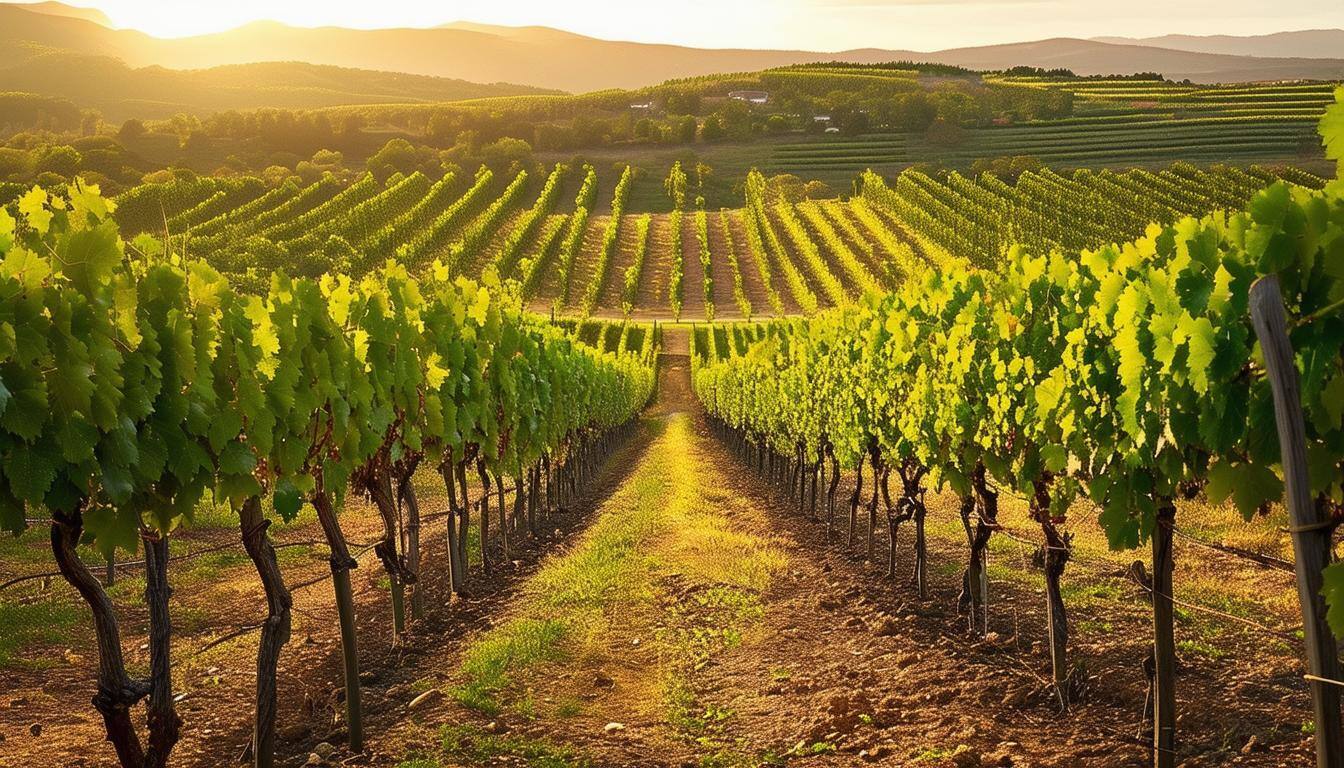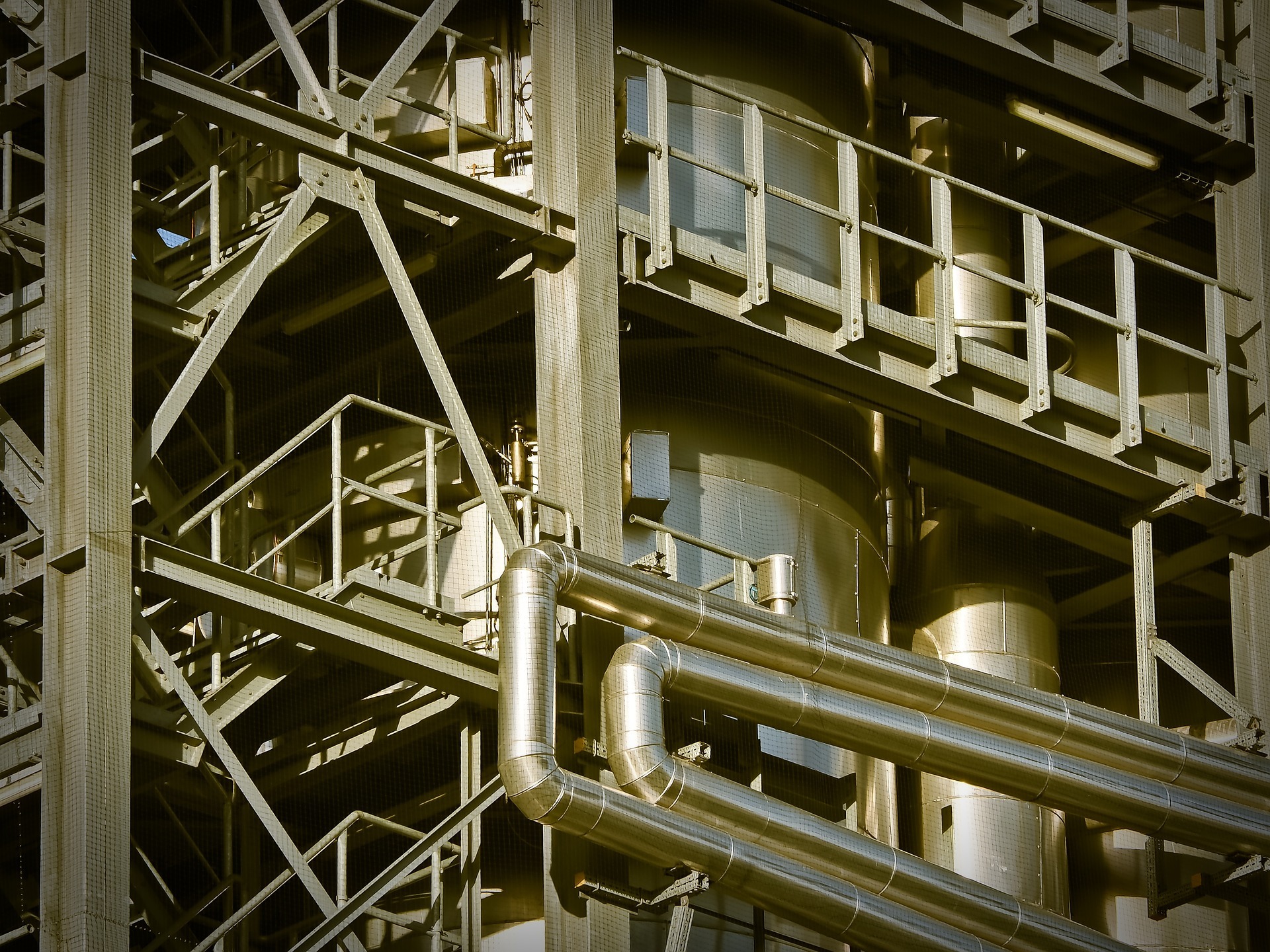
Leveraging IoT to Enhance Wine Production
Harnessing IoT to Enhance Efficiency and Sustainability in the Wine Industry
The wine sector is one of the most important agri-food industries in the world.
Among the main wine producing states, according to data collected in 2020 by OIV (International Organization of Vineyard and Wine), in first place we find Italy, followed by France and Spain.
Despite a general and ever greater contraction of the cultivable area in the last 20 years mainly due to climate change, the technical-economic analysis of the world wine supply chain shows that the wine market has remained active and always in constant growth.
Winegrowers must face a series of problems and difficulties and to cope with this situation, the IoT presents itself as a solution able to improve business potential by achieving concrete sustainable goals.
Adversity in the wine sector
The growing demand for wine requires a constant and quality grape production. To ensure these results, winegrowers must protect the grapes from the aggression of insects and diseases. To do this they use products such as pesticides, substances that have consequences on environmental pollution and negatively impact natural resources.
The treatments based on pesticides are responsible for the contamination of surface and deep waters. Furthermore, chemicals sprayed to protect plants from pests increase the spread of greenhouse gases, damaging the conservation of biodiversity. Intensive tillage, on the other hand, causes severe erosion and soil instability.
In addition to pesticides, climate change is the cause of the increasingly frequent extreme phenomena that cause damage, sometimes irreversible, to crops. The lack of water for irrigation is a problem caused by the low frequency of rain that puts most of the vineyards in distress causing a shortening of the ripening phase of the grapes. As a result, the clusters gradually lose volume and if sufficient rainfall does not arrive, the berries will also have little sugar.
Drought is not the only difficulty, even the frequency and flow of water are fundamental for crops. The rains in recent years are more abundant and concentrated in certain periods, an adverse phenomenon which, in addition to causing damage to the vine, is the cause of the development of fungal diseases.
Another adverse weather factor, which risks compromising the entire vineyard, is the frosts. The daily temperatures allow the plant to germinate, but during the night the minimum temperatures can compromise the development phase, destroying the entire crop.
How can the IoT be introduced?
Faced with the problems presented, the IoT, thanks to constant monitoring of the vineyard and the environmental context, can provide timely data and information, supporting winegrowers in managing the operations.
VINEYARD MONITORING
Grape’s ripening process, the health of the vineyard and the activities that are carried out are steps that can be controlled and managed through IoT solutions.
Specific sensors are used for the collection of parameters such as the growth of vegetation, the accumulation of dew, but also to monitor the humidity rates in the field. The collection of information in real time is certainly an important contribution that IoT technologies can make to the wine sector.
In addition to the devices installed in the field, there are other instruments such as drones and satellites. The drones fly at heights of tens of meters and the images obtained are in high resolution. Their use makes it possible to provide targeted treatments in the vineyards, thanks to the application of special sensors mounted on board the drones. Through this system it is possible to make a real X-ray of the crops to understand their state of health and plan interventions.
The satellites, on the other hand, can be introduced to plan the harvesting strategies and optimize the cultivation practices in the individual portions of the vineyard, modulating the interventions according to actual needs.
Precision viticulture can be considered a form of advanced viticulture that helps to create value and renew the role of the farmer himself. For the purposes of effective sustainability, the technological implementation of wine production must consider all stages of the production chain: from primary production to wine transformation.
About the latest innovations applied in the transformation phase of grapes into wine, these, while maintaining an approach linked to sustainability, have the main objectives of improving and guaranteeing the quality of the finished product and speeding up the production process. The IoT therefore has the power to provide data quickly and easily to improve the planning and sustainability of vineyards.
SMART IRRIGATION SYSTEMS
Water is essential for the physiological and biochemical activity of the vine. The water state of the plant during the season is crucial for the dynamics of vegetative and productive activity and for the achievement and management of their balance.
The smart systems allow the scheduling of irrigation shifts based on the needs and requirements of the vineyard. Thanks to this, there is a significant reduction in irrigation volumes and less waste of water.
The definition of the irrigation parameters can be carried out starting from data received from a network of soil moisture sensors located at different depths, to provide information on the actual amount of water present in the soil.
Often the field devices can work together with a weather station, thanks to which it is possible to have detailed information on the work area. In this way it is possible to analyze and evaluate in detail the water needs of the vineyard.
DEFENSE AGAINST PESTS
Similarly, the phytosanitary defense can also benefit from networks of IoT sensors widely distributed within the plot. A weather station in the vineyard acts as a central hub and aggregates the measured climatic data with the data collected by the sensor network and sends them to a server. Through a special web portal, the company agronomist and operators can access the data and decide if, when and how to intervene. An equipment of this type makes it possible to intervene if infections occur in the vineyards such as fungal diseases.
The introduction of technological innovations for site-specific pesticide applications can reduce some onerous costs of phytosanitary treatment, improving working conditions and environmental impacts, making operations sustainable and less polluting.


